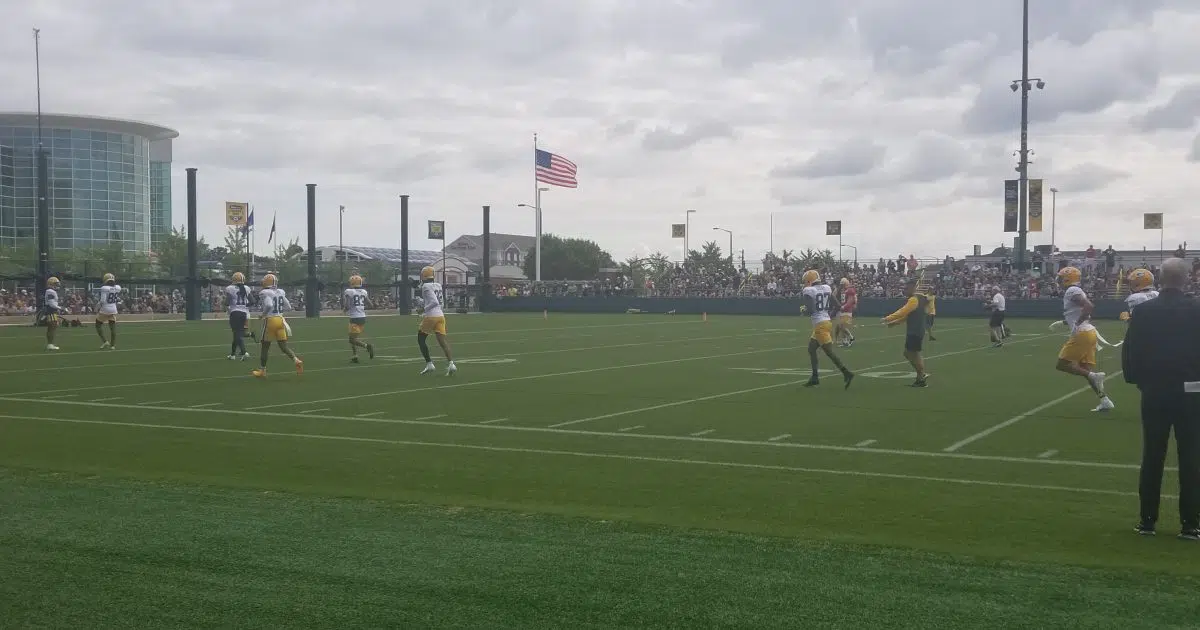

Many distance runners don’t push their connective tissues through the full range of motion at an easy pace. Picture the difference between a sprinter’s stride and the shuffle many of us revert to near the end of a marathon that shuffle comes from the tightness that builds up in your body over the course of a long distance. And limited ankle dorsiflexion also shortens the Achilles tendon and calf muscles, which limits the amount of potential energy that can be stored when you hit the ground. If your ankle isn’t dorsiflexing (when your toe draws closer to your shin) properly due to tightness in the lower leg, you’re reducing the amount of power you can get from your push-off. The ankles and calves are another important area in terms of flexibility, adds Speer. “If you can’t get full hip extension into that pushing leg because your hip flexors are super tight and short, your body is going to compensate, and there’s a detriment to your performance as well as a risk of injury.” “When you push off the ground, you want to be able to lift your knee above your hip without your pelvis rotating,” says Speer. But if it’s too loose, then it’s not able to rebound in the same way and you might be less economical in your movement.”įlexibility especially comes into play when you consider the role of your hips while running. “If it’s too stiff and not flexing at all, it’s not absorbing any energy or giving any energy back. “Think of the whole musculotendinous unit as a spring,” explains Lundstrom. Running is a unilateral exercise-to oversimplify it: a continuous series of single-leg leaps. “It’s about moving through a range of motion versus holding a position, which may be outside of where you actually have any strength in your muscle.” How does flexibility help runners? “Think of dynamic flexibility over static flexibility,” says Chris Lundstrom, Ph.D., a distance running coach for Minnesota Distance Elite and professor of Kinesiology at the University of Minnesota. That’s different from mobility, which requires strength and efficiency to move through a normal range of motion at a joint.īut the truth is, it’s a mix of both flexibility and mobility that will help boost your running performance.

It’s passive because you’re letting gravity, a strap, or someone else stretch you into the position. On a more macro level, “flexibility is your connective tissue’s passive range of motion,” explains Andy Speer, certified strength and conditioning specialist and Peloton Tread instructor. Static holds like that are what first come to mind when most people think about flexibility. Think about a basic toe-touch test, the former standard for flexibility.


 0 kommentar(er)
0 kommentar(er)
